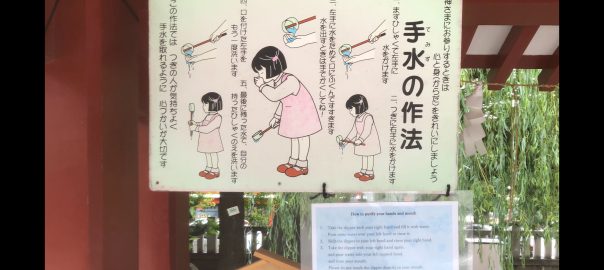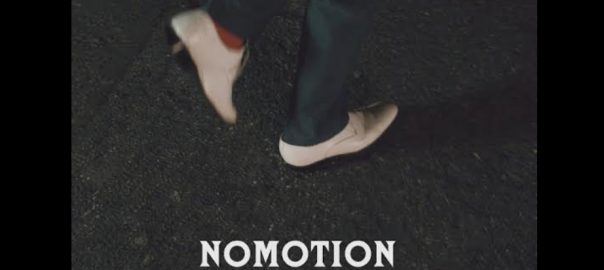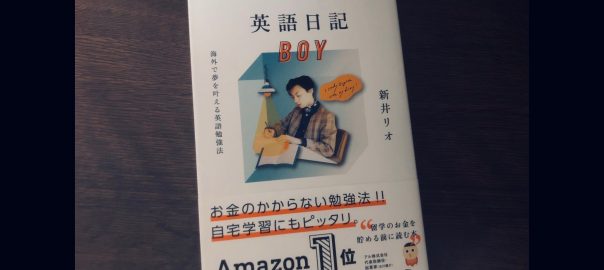こんにちは!
前回は不定詞の名詞的用法について説明しました。
前回のブログ
簡単に復習すると、以下のような感じです。
・不定詞は「To+動詞の原型」で作る。
・不定詞の名詞的用法では、「〜すること」という名詞句を作る
・名詞的用法の不定詞は文中の主語(S)目的語(O)補語(C)の場所に置ける
さて、今日は形容詞的用法です。
不定詞の形容詞的用法の前に、前々回のブログで説明した、そもそも「形容詞」とは何かについて復習しましょう。
【形容詞とは】
形容詞は修飾語です。
修飾語というのは、他の言葉にくっついて意味を付加する言葉のことです。
修飾語としての形容詞は、名詞にくっついて意味を付加(修飾)します。
※形容詞には補語(C)になる用法もあります。こちらのブログに書いてあります。
たとえば名詞”man”はただの「男」ですが、これに形容詞”kind”「優しい」がくっつくと”kind man”「優しい男」になります。
形容詞“great”「偉大な」がくっつけば“great man”「偉大な男」
形容詞“terrible”「酷い」がくっつけば“terrible man”「酷い男」で、名詞の雰囲気をがらっと変えてしまいます。
ここで❗️大事❗️なのは「形容詞」は「名詞」を修飾するということです。
不定詞の形容詞的用法でも、不定詞部分が「名詞」を修飾します。
【不定詞の形容詞的用法】
まず例文をあげましょう。
Would you like something [to drink]?
・(助) (S) (V) (O)
何かお飲み物はいかがですか?
不定詞部分は[to drink]で、これが目的語(O)の名詞”something”を修飾しています。
※わかりやすいように、品詞分解するとき、形容詞句は[ ]で括ることにします
名詞”something”だけなら「何か」ですが、形容詞的用法の不定詞”to drink”がくっついて“something to drink”になると、「何か飲み物」となります。
訳すときは「〜するための」と訳すとスッキリすることが多いです。
上の例の直訳では「何か飲むためのもの」ですね。
次の例です。
Is this the box [to load onto the truck]?
(V)(S) (C)
これはトラックに積む(ための)箱ですか?
不定詞の[to load onto the truck]部分が名詞”the box”を修飾し、「トラックに積むための箱」という意味になっていますね。
【不定詞の名詞的用法と形容詞的用法の違い】
前回の名詞的用法と今回の形容詞的用法、違いがよくわからない方にむけて説明します。
以下の文は先ほどの例とよく似ていますが、名詞的用法です。
To load the box onto the truck is hard work.
箱をトラックに積み込むのは大変な作業です。
まず、品詞分解をしてみます。
To load the box onto the truck is hard work.
・・・・・・・(S) (V) (C)
品詞分解をするとわかるのが、以下の二点ですね。
・To不定詞部分が主語(S)になっている。
・To不定詞部分が「〜すること」という意味を作っている。
※ここでは「箱をトラックに積み込むこと」です。
To不定詞部分が主語(S)ですが、試しにこの部分を消してみましょう。
is hard work
(V)(C)
は、大変な仕事です
これでは文章は成り立っていないですよね。
SVOCの際に説明しましたが、各文型のSVOCの部分は
文章を構成するのに必須の骨組み部分ですので、
省くと文型が崩壊し、文章が成り立たなくなります。
名詞は主語(S)目的語(O)補語(C)になります。
不定詞の名詞的用法で作った名詞句も同じく主語(S)目的語(O)補語(C)になります。
これは要するに、名詞的用法の不定詞部分は、
省くと文章が成り立たなくなるということです。
上記の主語(S)だけでなく、目的語(O)補語(C)も一緒です。
***目的語(O)の場合***
I want to speak English.
(S)(V) (O)
私は英語を話したい。
不定詞部分(O)を無くすと
I want. 「私はしたい」 (何を?ってなりますね)
*************
***補語(C)の場合***
My hobby is to study history.
・(S) (V) (C)
私の趣味は歴史を学ぶことです。
不定詞部分(C)を無くすと
My hobby is. 「私の趣味は」 (何?ってなりますね)
*************
一方、先ほどの形容詞的用法の例を見てみましょう。
Is this the box [to load onto the truck]?
(V)(S) (C)
これはトラックに積む(ための)箱ですか?
同じ様にTo不定詞部分を消してみましょう。
Is this the box?
(V)(S) (C)
これは箱ですか?
意味は変わっても骨組みのSVC部分は崩れません。
形容詞的用法の不定詞はあくまでも名詞を「修飾」するだけで、
自らが(S)(O)(C)になることはないのです。
〜〜〜〜〜まとめ〜〜〜〜〜
つまり、To不定詞部分を消した時に文型のSVOC部分が欠けて
文の文型が成り立たなくなってしまう場合、「名詞的用法」です。
To不定詞部分を消した時に文型のSVOC部分が欠けることなく、
きちんと文章が成り立てば「形容詞的用法」もしくは
次回説明する「副詞的用法」です。
〜〜〜〜〜〜〜〜〜〜〜〜〜
次回は不定詞の「副詞的用法」を説明します。
それではまた!








